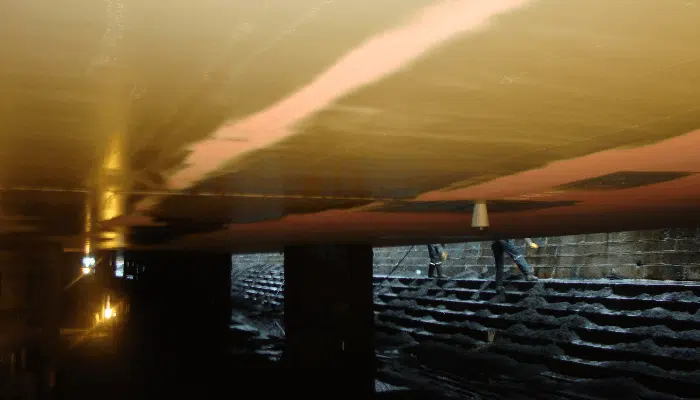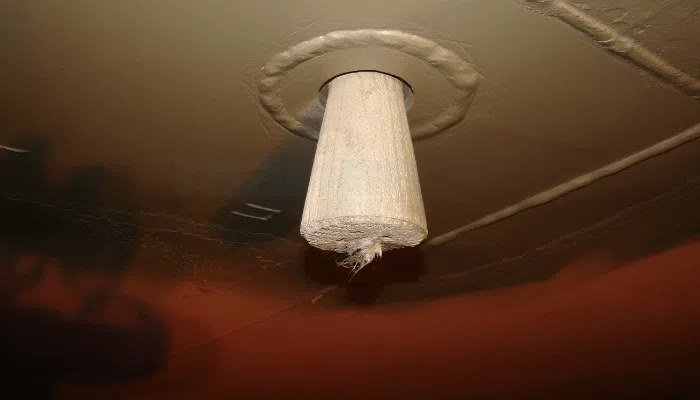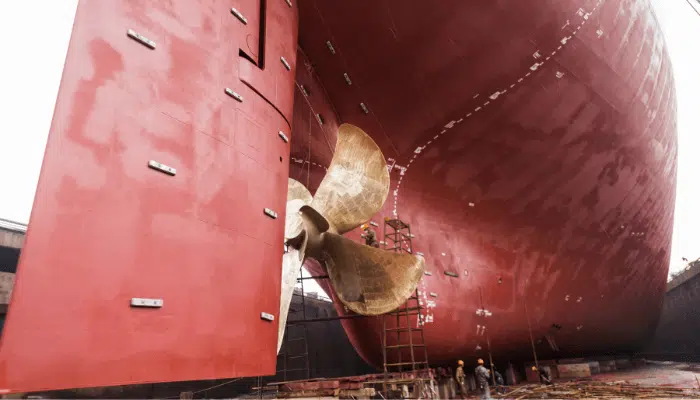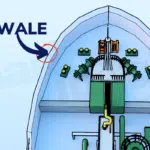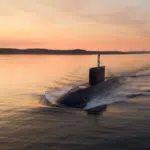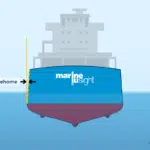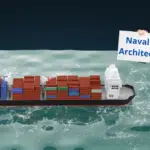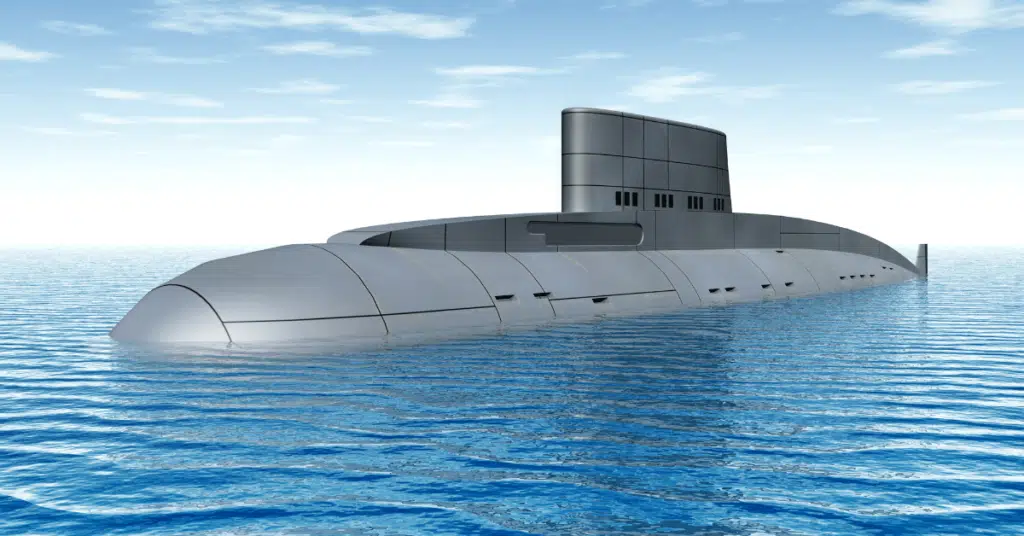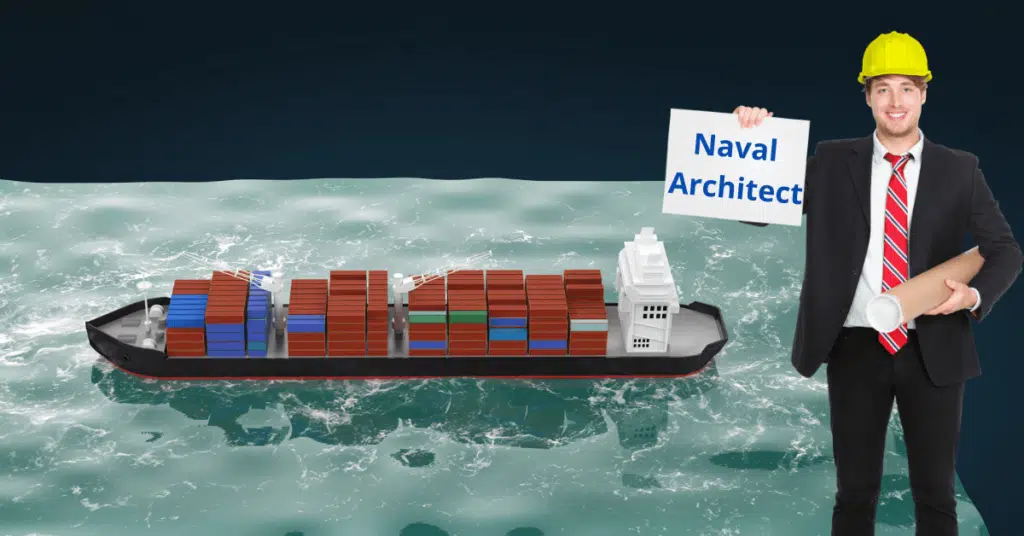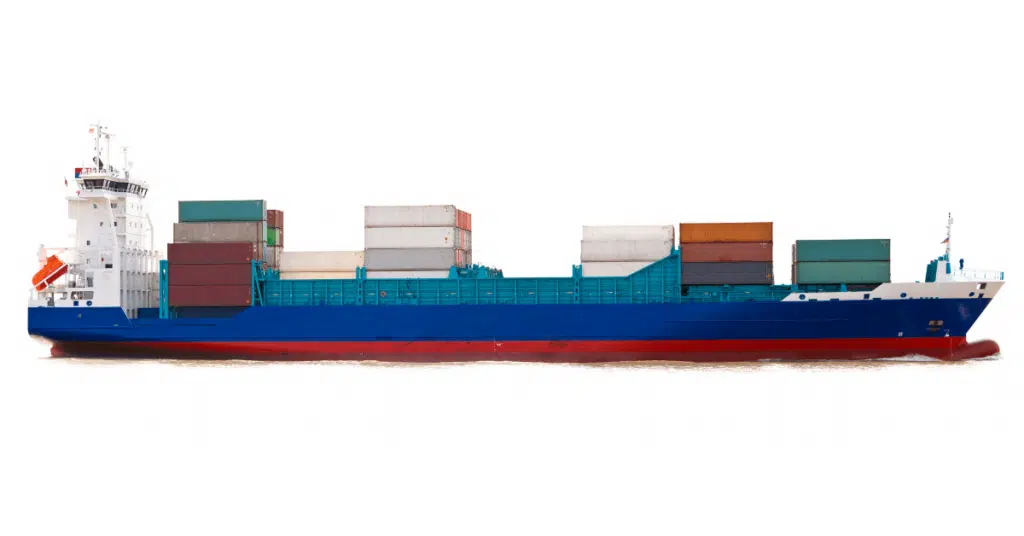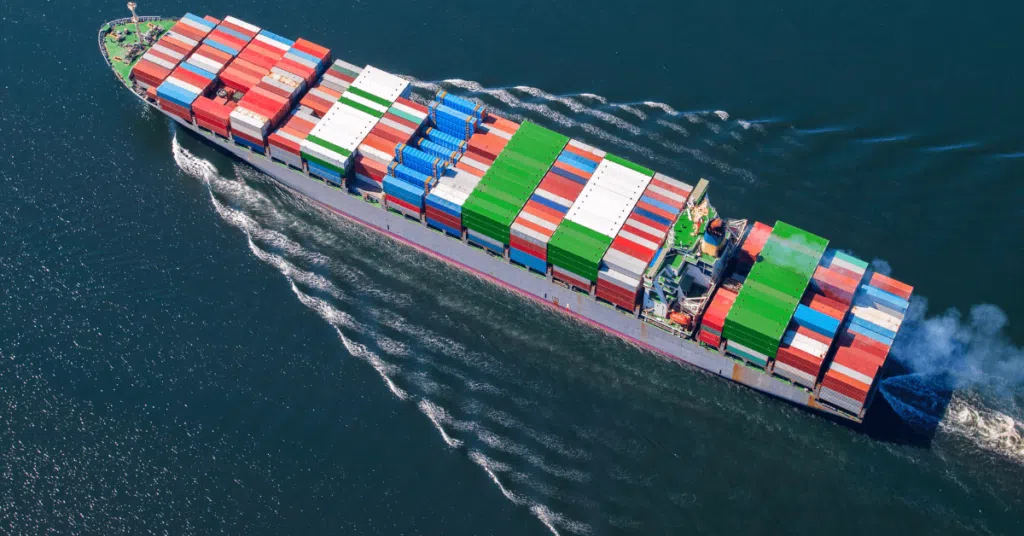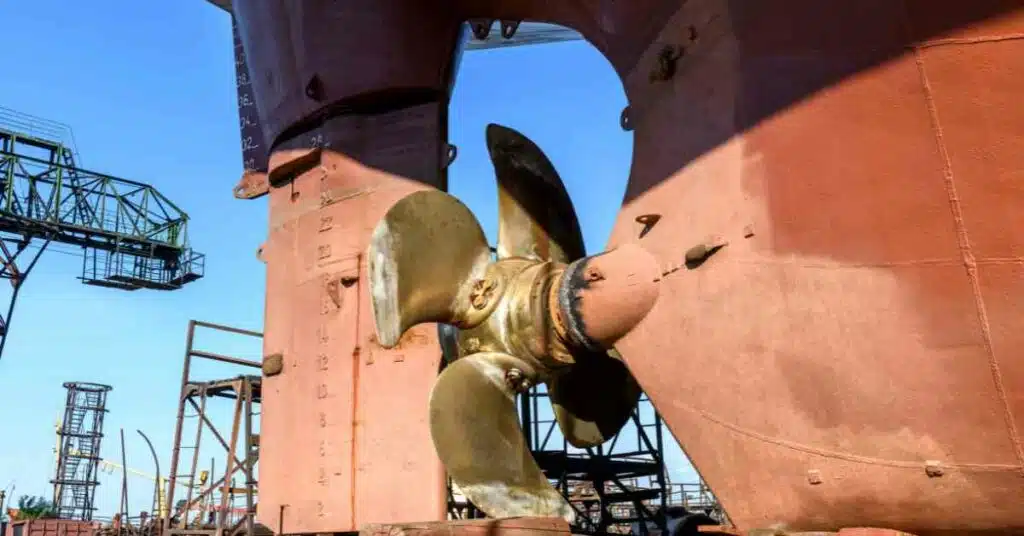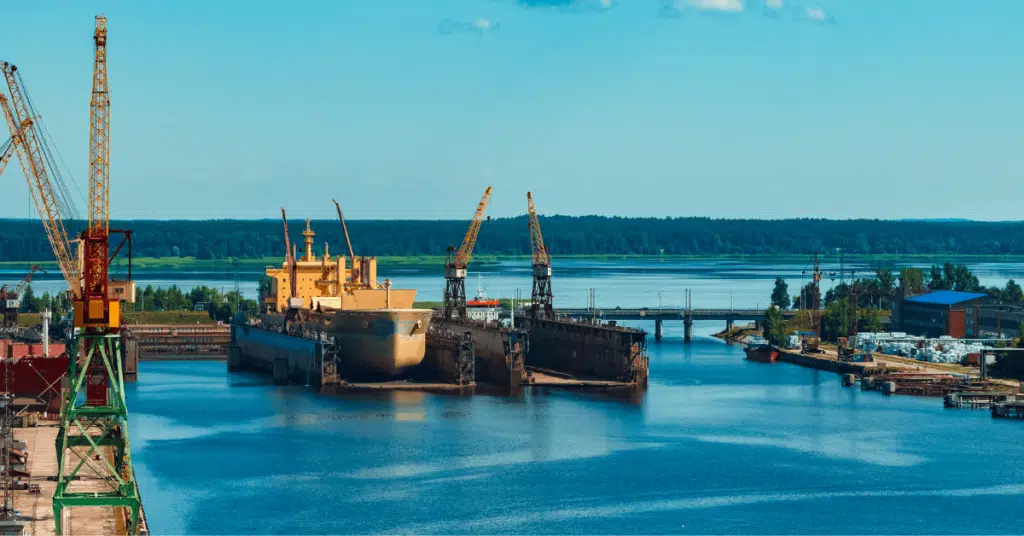What Are Ship Bottom Plugs Or Dock Plugs?
A vessel may be drydocked for maintenance or repair from time to time at particular locations where there is a framework of procedures, including inspection, assessment, and definitive measures for mitigation of the issue or having an overview of the fitness of the hull and systems. In the drydocking process, ship bottom plugs or docking plugs play an intrinsic role.
Double-bottom hulls often store ballast water, and single-bottom hulls also have clogged water, oily residues, sludges, or wastewater from various sources. All these remnant residual water or residues must be completely stripped off during repair or inspection work.
Furthermore, bilge tanks or freshwater storage tanks forming a part of the hull structure must also be completely dry for inspection and repair work. At this point, it may be argued that these tanks have separate pumps for draining, which is always done at sea during routine ballasting and de-ballasting operations.
But pumps do not achieve a 100% ideal result. Even after draining water through upper outlet points, there is always a minimum level of ankle-deep water that remains at the bottom, which cannot be removed from any other bottom outlets while at sea. However, this negligible amount of water does not affect the de-ballasting objective of the vessel and stability requirements as a whole and is thus ignored for all practical purposes.
But for critical repair or inspection work, there has to be no residue, and the tank needs to be fully dry and clean. Moreover, during certain drydock repair work, the ship must be kept ”dead” without machinery working or supplying any external or internal power source. During such scenarios, even water drainage from the bilge, ballast, or any water storage tanks cannot be carried out with the help of pumps.
Similarly, it is the same problem in the case of any bottom oil tanks. Hence, for all such reasons, a drainage system at the bottom of the hull structure is necessary for any vessel.
How do Dock Plugs Work
A ship bottom plug or docking plug is a kind of openable tight stopper arrangement that covers the opening outlets for water or residual egress in the bottom parts of the hull structure. The plug has a tightly fitted metal lid that can be opened and plugged back into the opening outlets when required.
So, during drydocking operations, the plug is carefully removed, and all water or clogged liquid residues are allowed to eject at ease. Though ship bottom plug or docking plug are used interchangeably, docking refers more to the screw-like stoppers fitted near the lower-bottom garboard strake shell plating at the bottom of each subdivision or compartment throughout the hull for drainage.
As a part of operations, after the vessel is placed on the repair or examination blocks after moving into the drydock area, the removal of the plugs is requested. As a part of common procedural practices, the plugs removed from the hull need to be labelled accordingly to avoid any mix-up while refitting them back.
As these screw-like plugs are very tightly fitted and usually penetrate quite deep inside the shell plating, removal is not an easy task. It requires a very high amount of human effort. So, they are mostly removed with special apparatus like wrenches, spanners, levers, or large drivers, which draw them quickly. Like almost every other mechanical system, rotating in a clockwise sense drives them inwards and is vice versa for the anti-clockwise sense.
Most of these plugs are designed like a screw-stopper with the protruding male part with windy threadings on the circumferential periphery for driving them in and out of the opening ports.
This is followed by the flange structure, which forms the outer surface and comes in contact with the rest of the outer hull. The types of plugs available are usually circular with inscribed sockets for screwing, those being either hexagonal or rectangular, and the former being more common. They are generally of stainless steel or brass, which have superior anti-corrosive and durable properties.
Different Sizes of Dock Plugs
The plugs’ sizes depend on the nominal dimensions of the opening to which it is sealed. However, they usually come in standard diameters like 30 mm, 42 mm, 52 mm, 62 mm, 72 mm, and so on. The thickness also varies with the diameter and can be as low as less than 10 mm, usually for smaller ships with low shell plating thicknesses, to as high as over 40 mm, usually for larger ships with thicker bottom shell plating. The plugs are sealed in such a way that they remain oil tight as well as watertight.
All bottom plugs or docking plugs must be tested before installation on the hull. The two early stages of testing are warehouse and production testing to check for defects, size and fitting inaccuracies, packing, surface deformations, etc. Before these, water testing takes place to check for water tightness.
Testing Dock Plugs For Leakages
After drydocking operations, the plugs are once again retested to check for any leakages as they are unwanted. This is done by a particular method: Pressure Testing or Vacuum Testing. Here, the testing unit has a glass box and a compressor with a long hose.
A soapy solution is sprayed inside the plug, and the box unit is placed underneath. The inside of this box is essentially air-free. Any leakages will be exhibited as bubbles on the testing unit after some time. In such cases, the gasket is removed and replaced again. If there is no improvement, it is changed. After passing the tests, the dry dock is flooded again.
You might also like to read.
- How to Perform Ship’s’ Stern Tube Integrity Test in The Dry Dock?
- List of Processes Used in Marine Workshop of Ships
- Checks to Perform on Ship before Coming out of the Dry Dock
- 10 Safety Precautions To Take While Handling Inert Gas Systems On Ships
- The Ultimate Guide to Fuel Oil Bunkering Process on Ships
- Air bottle or Air receiver On board Ship
Do you have info to share with us ? Suggest a correction

About Author
Subhodeep is a Naval Architecture and Ocean Engineering graduate. Interested in the intricacies of marine structures and goal-based design aspects, he is dedicated to sharing and propagation of common technical knowledge within this sector, which, at this very moment, requires a turnabout to flourish back to its old glory.
Latest Naval Arch Articles You Would Like:
Subscribe To Our Newsletters
By subscribing, you agree to our Privacy Policy and may receive occasional deal communications; you can unsubscribe anytime.



